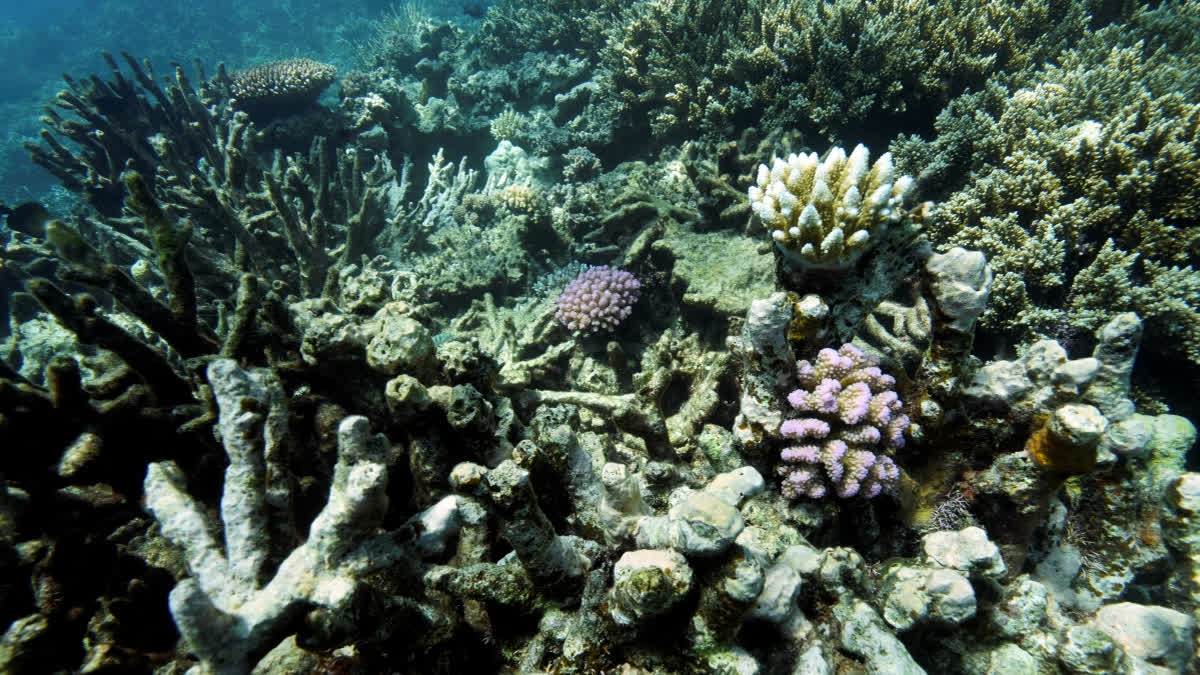Jakarta (Indonesia): The International Seabed Authority — the United Nations body that regulates the world's ocean floor — is preparing to resume negotiations that could open the international seabed for mining, including for materials critical for the green energy transition. Years long negotiations are reaching a critical point where the authority will soon need to begin accepting mining permit applications, adding to worries over the potential impacts on sparsely researched marine ecosystems and habitats of the deep sea. Here's a look at what deep sea mining is, why some companies and countries are applying for permits to carry it out and why environmental activists are raising concerns.
WHAT IS DEEP SEA MINING?Deep sea mining involves removing mineral deposits and metals from the ocean’s seabed. There are three types of such mining: taking deposit-rich polymetallic nodules off the ocean floor, mining massive seafloor sulphide deposits and stripping cobalt crusts from rock. These nodules, deposits and crusts contain materials, such as nickel, rare earths, cobalt and more, that are needed for batteries and other materials used in tapping renewable energy and also for everyday technology like cellphones and computers.
Engineering and technology used for deep sea mining are still evolving. Some companies are looking to vacuum materials from seafloor using massive pumps. Others are developing artificial intelligence-based technology that would teach deep sea robots how to pluck nodules from the floor. Some are looking to use advanced machines that could mine materials off side of huge underwater mountains and volcanoes. Companies and governments view these as strategically important resources that will be needed as onshore reserves are depleted and demand continues to rise.
HOW IS DEEP SEA MINING REGULATED NOW?Countries manage their own maritime territory and exclusive economic zones, while the high seas and the international ocean floor are governed by the United Nations Convention on the Law of the Seas. It is considered to apply to states regardless of whether or not they have signed or ratified it. Under the treaty, the seabed and its mineral resources are considered the “common heritage of mankind” that must be managed in a way that protects the interests of humanity through the sharing of economic benefits, support for marine scientific research, and protecting marine environments.
Mining companies interested in deep sea exploitation are partnering with countries to help them get exploration licenses. More than 30 exploration licenses have been issued so far, with activity mostly focused in an area called the Clarion-Clipperton Fracture Zone, which spans 1.7 million square miles (4.5 million square kilometers) between Hawaii and Mexico.
WHY IS THERE PRESSURE ON THE ISA TO ESTABLISH REGULATIONS NOW?In 2021 the Pacific island nation of Nauru — in partnership with mining company Nauru Ocean Resources Inc., a wholly-owned subsidiary of Canada-based The Metals Company — applied to the ISA to exploit minerals in a specified deep sea area.
